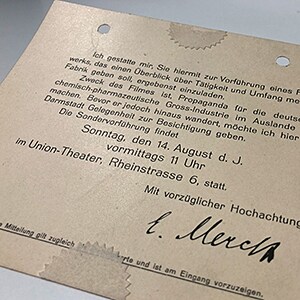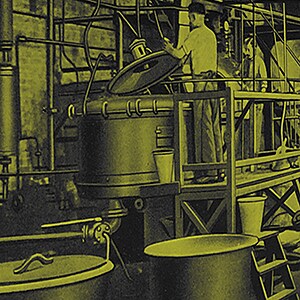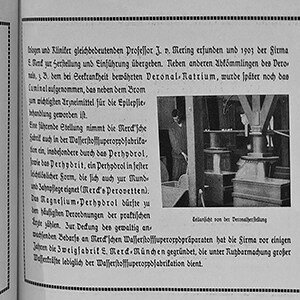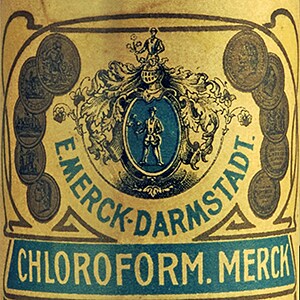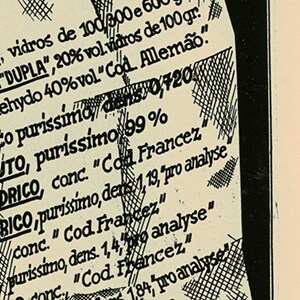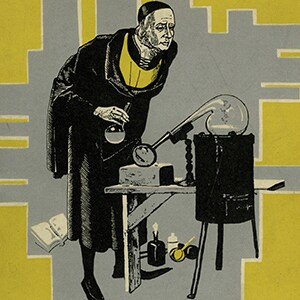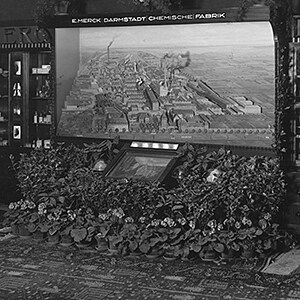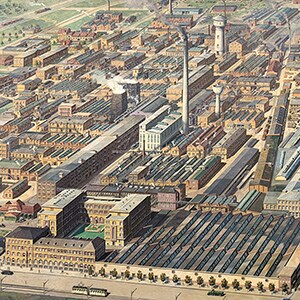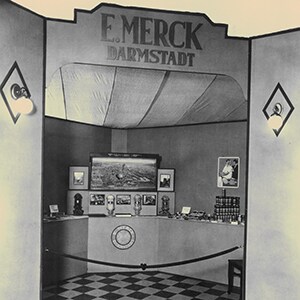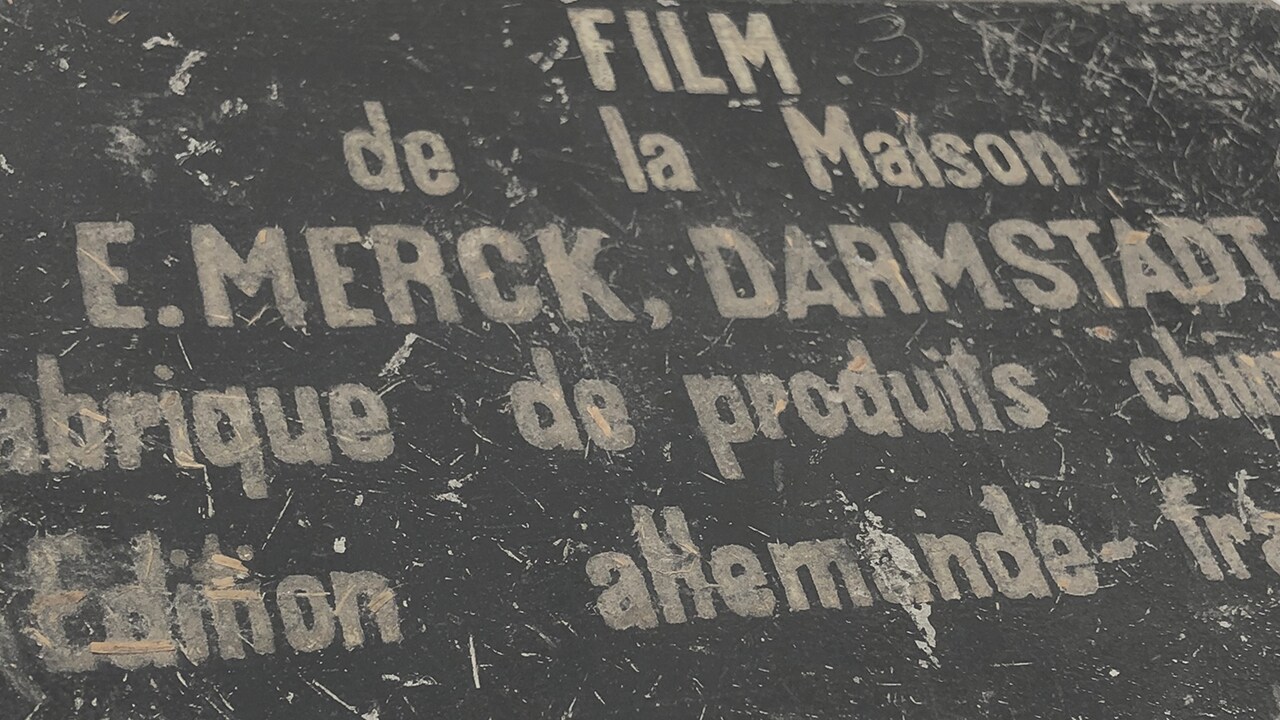
»I believe the hope that the film will also lead to business success abroad, and especially overseas, is justified…«
Annual Report of the Advertising Department, 1922
On August 14, 1921, a premiere takes place in the Union Theater in Darmstadt. The company extends an invitation »to a showing of a cinematic work that is intended to give an overview of the activities and scope of my factory [...]. The purpose of the film is to advertise for the major German chemical-pharmaceutical industry abroad«. The film is 90 minutes long.
Three years after the end of World War I, the company needs to advertise. Exports are initially strong after the end of the war due to the weak German currency, but it is necessary to regain the respect of business partners. The film is a success. It is shown worldwide, and it can be considered the first film about the German chemical-pharmaceutical industry. A report from 1924 notes that the company »film was also shown at various venues in Japan and South Africa, and, as was previously the case in India and China, was well received«. The film resonates well in the press and among commercial representatives; the American Journal of Pharmacy even sees serious competition for U.S. companies in this area.
The filmmakers at the company evaluate their own work more critically, however: »We were the first, which also means that we were the pioneers for others who have learned from our mistakes. Perhaps, sooner or later, we will get around to putting our experience to the test with a new film [...].« The sources do not reveal what did not go well.
The remaining excerpt, about 30 minutes in length, is less than half of the five-part film. The original sequence of scenes is documented in a brochure accompanying the film and in the records of the German state film review board. The brochure is published in German, English and Spanish. Paul Wolff is engaged as the photographer and takes the photographs of set designs and backgrounds that illustrate the brochure. At this point, Wolff is at the start of his career as one of the top German photographers of the 1920s and 1930s. He frequently carries out photography commissions at E. Merck, Darmstadt, Germany, during this period.
For the film itself, the company engages Ideal Film, a company based in Frankfurt am Main and specializing in documentaries and industrial films – not to be confused with Ideal Film in Berlin, which, by 1921, had already produced a series of silent drama films. The film shows the company in all its diversity, with segments ranging from the company’s origins in the 17th century, to »Power and Light Generation«, »Charitable Organizations«, »Scientific Work«, »Production«, »Bacteriological Department«, »Quality Control Laboratory«, and »Workers Leaving at the End of the Working Day«.
With its invitation to the film premiere in 1921, the company presents itself as forward-looking. Photos taken during filming form the basis of a brochure, »with advertising inserts for selected products«.
In the 1920s, the Darmstadt-based company must regain its visibility, particularly in foreign markets. In 1924, the aim of harmonizing labels, brochures and packaging is announced. Brand variety remains, however, as examples until 1930 show.
The painter Otto Bollhagen also plays akey role in shaping the company’s image. A diorama created on the basis of his painting is displayed at conferences in Hamburg and in Peru. A monumental painting of the Darmstadt headquarters is created in his studio in the 1930s.

